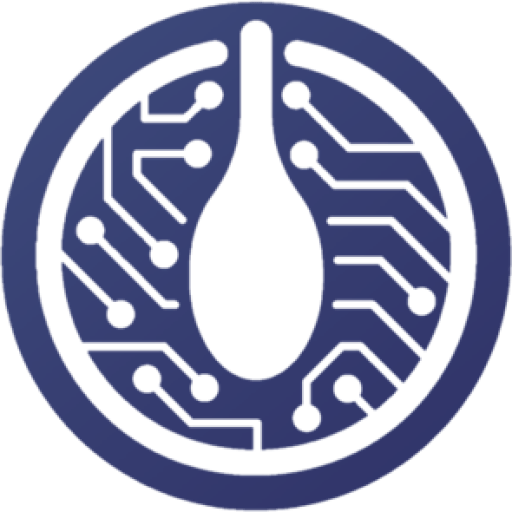
To begin my story about this book, let’s warp back several years to my time at Winterthur Insurance Group (the time it still existed independently), when Dirk approached us about providing a real-world case study on SOA implementation. I immediately felt his enthusiasm, and we had a lot of fun contributing our SOA story to his book, ‘Enterprise SOA’. A couple of years later, the mobile rang, and Dirk was on the phone, exciting me about his new book project on digitalisation. He asked me to contribute a chapter (the CDO topic), and then another one and another one. An interesting topic – leadership in a digitalisation initiative that transforms the enterprise. We had very good discussions, which culminated in the offer to participate in the project as one of the co-authors. It is my very first book project, and little did I know about the excitement that was to come, the fast exchange of ideas on both the content chapters and the comic pages, and also the amount of work that was lying ahead of us. It is intriguing to conceive a textbook about digitalisation, combining the content chapters with a comic strip telling the reader a hypothetical subjective story about how a digital transformation might occur.
Digitalisation is a fascinating topic – nothing less than the complete and thorough transformation of an enterprise, driven by new ways of interaction between the enterprise, its customers and its business partners. Complex technology with brilliant and intuitive user interfacing has entered everyday life, has transformed our societies, and has a tremendous impact on enterprises. Technology drives the transformation of the business models, the enterprise architecture and the culture of the enterprise. Throughout my professional life I have been intrigued by managing change, be it in the context of a large global corporate, in building a start-up or when building up new business lines. In all environments and contexts where considerable change had to be managed, people needed to be excited about taking the new direction, usually ‘off the beaten track’ compared to the enterprise’s past. Digitalisation is a megatrend driving such change, posing quite some challenge for management to adapt the hitherto classical business model.
Discussing digitalisation from this angle of truly comprehensive change is exciting for me. Not just another app, not a ‘me-too’ approach to interacting somehow differently with the customer – this is not what we mean when we talk about digitalisation. In fact, too often such a watered-down approach to digitalisation serves as a management excuse rather than a strategic path forward to be taken – a very dangerous approach.
On the contrary, digitalisation is about going down completely new ways, turning the historical business model upside down – putting the customer at the top, not the product. Why should an enterprise take this route? Very simple – because it might face extinction if it does not. Building up digital businesses is straightforward these days. Start-ups, fintechs, business incubators are teaching us a lesson here. Maybe they do not have the scale of traditional businesses from the outset. Nevertheless – fasten your seat belts, and prepare yourself for a surprise, they are developing fast. So fast that they might take a traditional business’s market in a clean sweep.
So what should such traditional businesses do? How should they react? Here comes Dirk’s idea of writing a cookbook about the digitalisation challenge. A cookbook not only compiled from the background of the three main authors, but also from that of all the contributors to the book, creating a broad richness of individual experiences, lessons learnt, approaches taken, frameworks used. We are grateful for the vast spectrum of expertise and experience that the authors have contributed to this book, creating the richness of content now available to the reader. The topic of digitalisation is therefore highlighted and discussed from very different angles, and while such a diversity of points of view and diversity of styles poses a challenge to keeping a common thread of the story told throughout the book, we feel that the benefits to the reader of this variety clearly outweigh the centrifugal forces of diversity.
The work sessions in Düsseldorf and Zürich, the long evenings going through all the chapters again and again, weekends of work on the book in Klosters, discussions with the graphics team, designing the comic stories, again and again, copyreading the text, all this work has come to an end. Many thanks to the whole team of contributors, designers, copy editors – this book would not have been possible without your endeavours. It was a true pleasure to compile all your contributions, and see the book, as you, the reader, hold it in your hands, come into being. Everyone – enjoy it.
